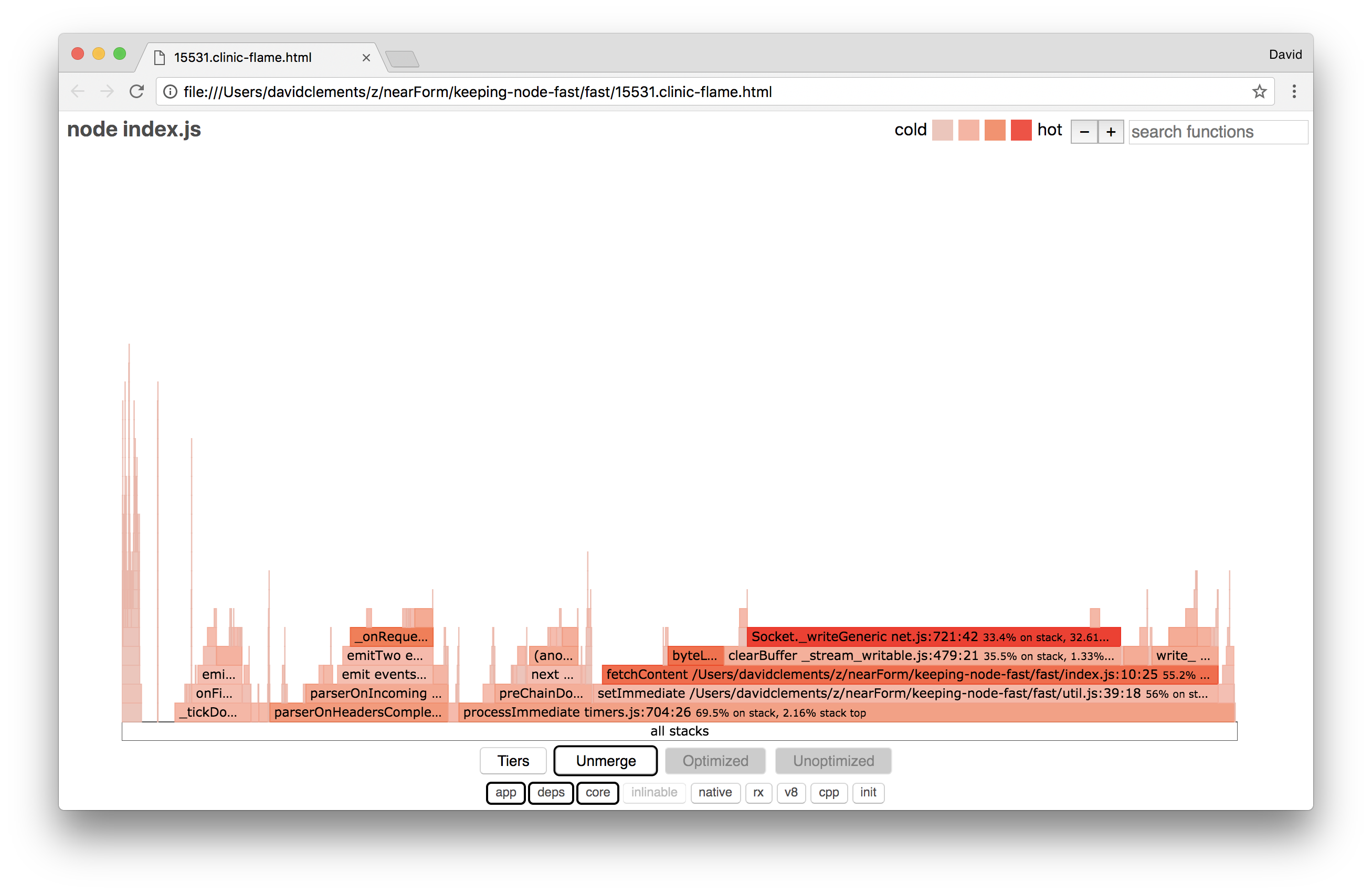
const para = document.getElementById("para") If the delay is not present in the setTimeout() method then it is set to zero and the message will appear immediately. (3,000 milliseconds) const para = document.getElementById("para") In this example, the message will appear on the screen after a delay of 3 seconds. Inside this method, you can specify how many milliseconds you want the function to delay. SetTimeout() will set a timer and once the timer runs out, the function will run.

let timeoutID = setTimeout(function, delay in milliseconds, argument1, argument2.) Here is the syntax for the setTimeout() method. SetTimeout() is a method that will execute a piece of code after the timer has finished running. In this article, I will explain what the setTimeout() method is with code examples and how it differs from setInterval(). You can copy the code block and paste it into a console window and see something like: Loading: 03.Have you ever wondered if there is a method to delay your JavaScript code by a few seconds? Log we've loaded (probably logged before first command) Run each command with a second delay in between If you need to pass a parameter, then you have to use an anonymous function. To fix this you can either put the name of a function (as Flubba has done) or you can use an anonymous function. The following will call the alert at once, and it will display 'Hello world': var a = "world" In effect this means without brackets behind the name. You need to pass the function as an argument for it to be called later. If you want to call a function with a parameter in the future, you need to set up some anonymous function calls.

Just to add to what everyone else have said about setTimeout:


 0 kommentar(er)
0 kommentar(er)
